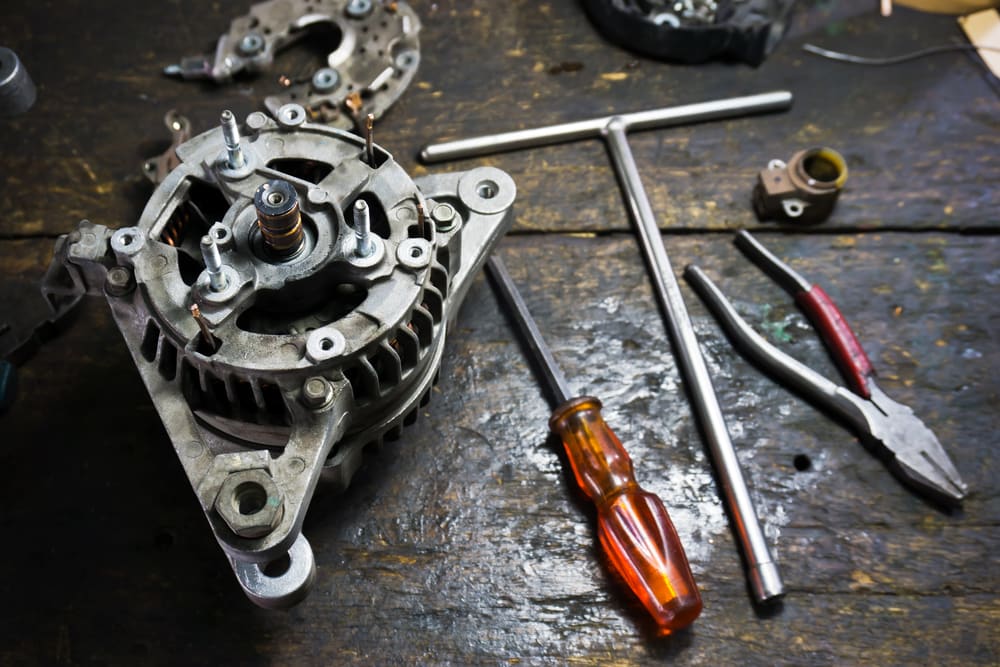

It sounds musical, but what it really does is disperse vibrations that travel through the crankshaft to prevent damage to it and other vehicle components. The harmonic balancer, or vibration damper, is made up of two masses that vary in shape and size depending upon the type and vehicle that are separated by a rubber insulator. It connects at the front of the crankshaft and absorbs vibrations produced by the activity going on in the engine, such as firing of pistons.
When the harmonic balancer goes bad, it’s essential that you get it replaced as quickly as possible to prevent negative effects on the rest of the vehicle’s mechanisms, mainly excessive strain on the crankshaft.
When choosing a harmonic balancer you want to be sure that it’s durable enough without going overboard for the type of driving you do.
How to make sure you’re getting a good quality harmonic balancer:
Choose a part that meets or exceeds OEM (Original Equipment Manufacturer) standards. You don’t want a downgrade for this part because the original was engineered precisely to protect the exact crankshaft of your car model.
Pick a steel damper. Aluminum balancers are appropriate for racing, but not everyday street use. Steel provides more torsional dampening than aluminum and is more affordable.
Check online ratings to see what others have to say about a part. This can tell you worlds about its durability and reliability.
Get the best warranty that you can find. Crankshaft harmonic balancers are one of those parts that often come with a decent warranty, so shop around for warranties based on mileage or years.
YourMechanic supplies top-quality crankshaft harmonic balancers to our certified mobile technicians. We can also install a harmonic balancer that you've purchased. Click here for a crankshaft harmonic balancer replacement.



